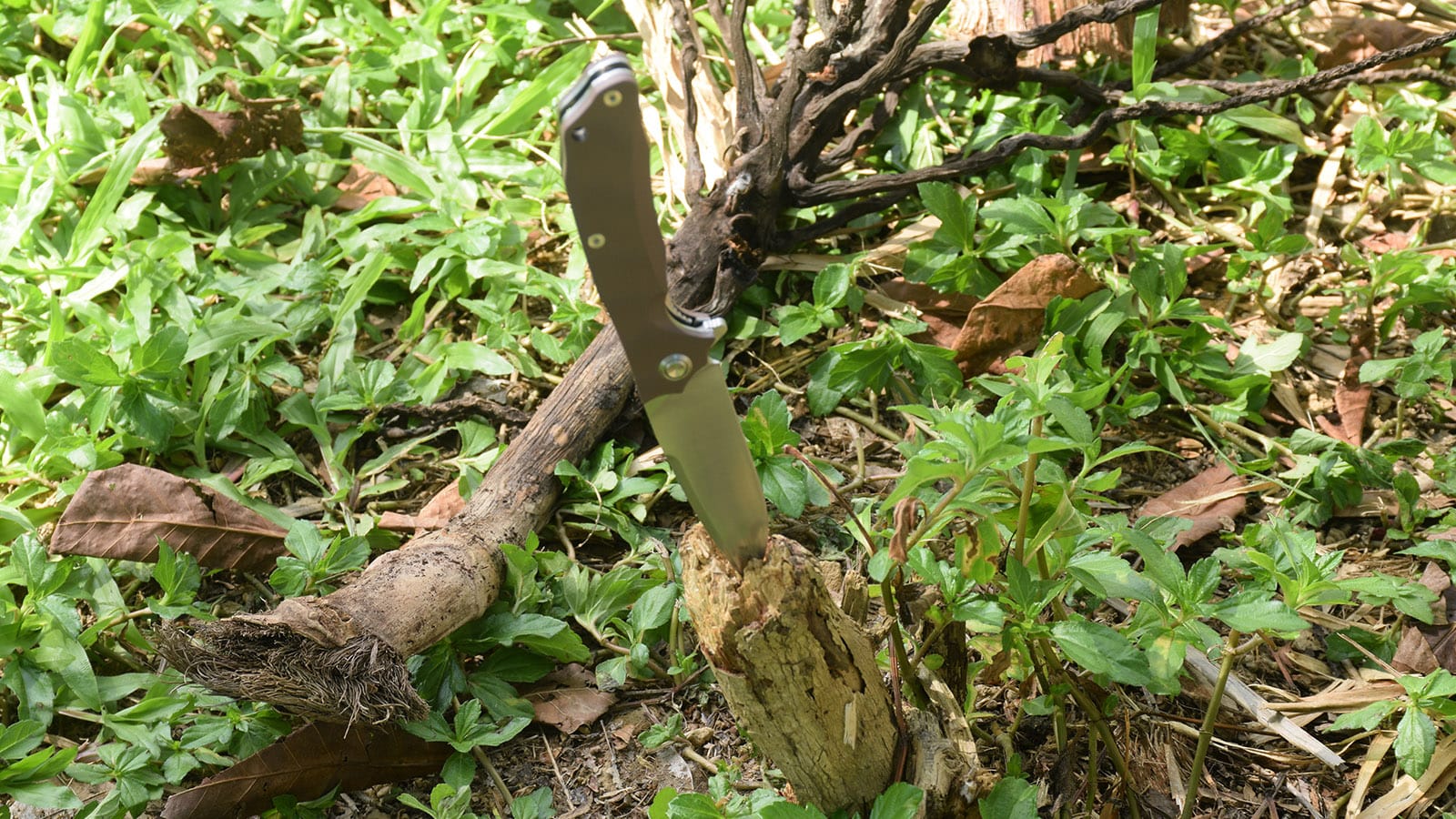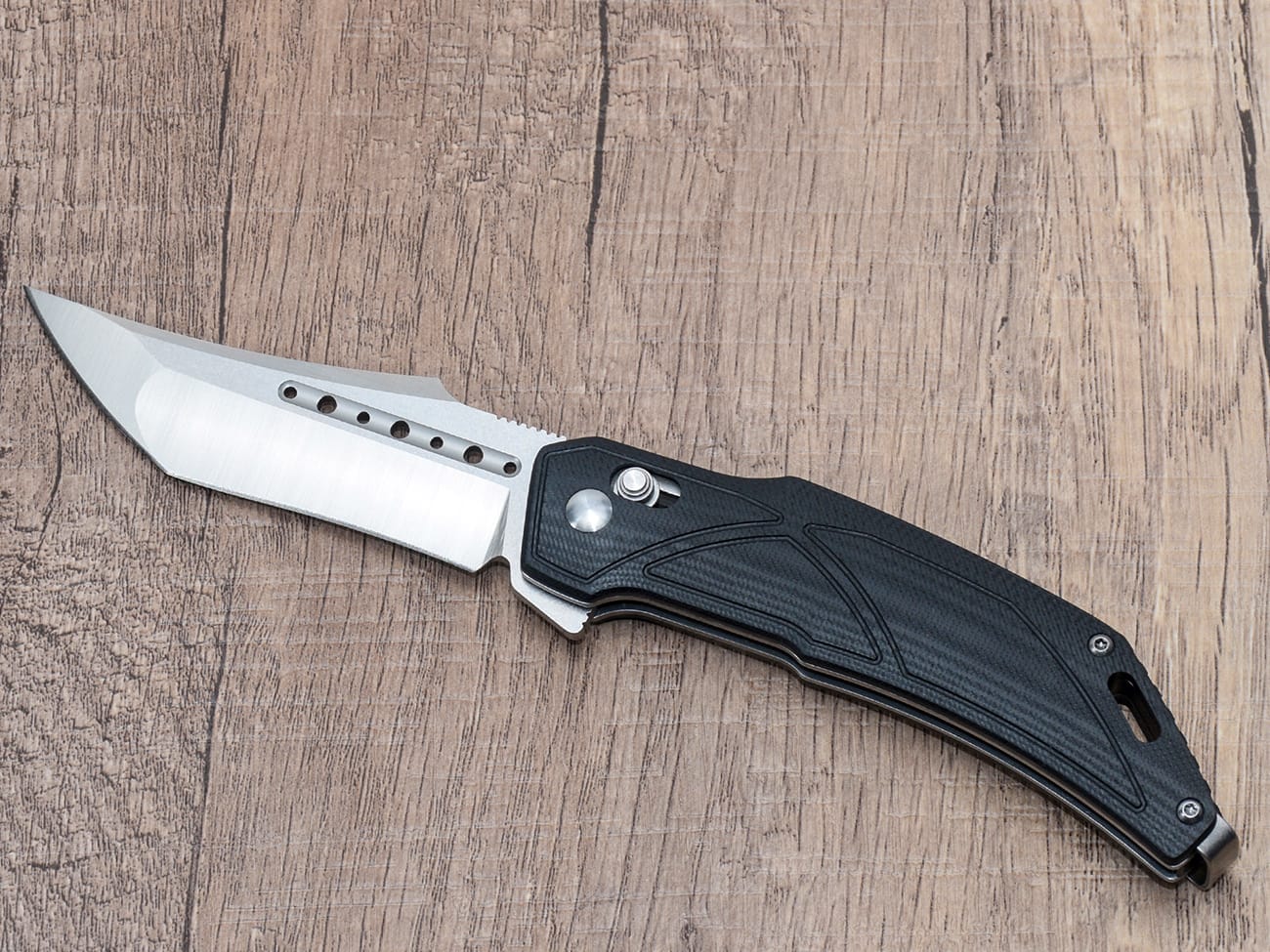Whether you’re in the great outdoors or working on a whittling project at home, knowing how to cut wood with a pocket knife is an essential skill. This comprehensive guide will teach you everything from basic techniques to advanced wood carving methods, helping you master the art of working with wood using your trusty pocket knife.
What Makes a Pocket Knife Suitable for Cutting Wood?
A good pocket knife for woodworking needs specific characteristics to be effective. The blade should be sharp, sturdy, and well-maintained. Fixed blade knives offer more stability, but folding knives can also work well when properly used.Key features to consider:
- Blade thickness
- Edge retention
- Handle ergonomics
- Lock mechanism
How Do You Safely Hold a Knife When Cutting Wood?
Safety always comes first when using a knife. To hold the knife properly:
- Maintain a firm grip on the handle
- Keep your thumb positioned for control
- Use a glove on your non-dominant hand
- Always cut away from your body
What Are the Basic Wood Cutting Techniques?
When you start whittling, there are several fundamental techniques to master:
- Push cut
- Pull cut
- Stop cut
- Splitting wood
- Carving along the grain

Which Types of Wood Work Best for Whittling?
Not all wood is created equal when it comes to carving. Here are some ideal options:
- Basswood (softer and perfect for whittling)
- Cedar (aromatic and easy to work with)
- Hardwood options for more advanced projects
How Do You Prepare Wood for Cutting?
Before you begin cutting, proper preparation is essential:
- Select dry wood
- Identify the wood grain
- Remove bark if necessary
- Mark your cutting lines
What Safety Precautions Should You Take?
Safety should never be compromised when working with a knife:
- Wear protective gloves
- Keep your blade sharp
- Choose appropriate knife type
- Maintain proper lighting
- Work in a stable position
How Do You Maintain Your Knife While Cutting Wood?
Regular maintenance ensures optimal performance:
- Sharpen the blade regularly
- Clean after each use
- Oil the mechanism
- Use a strop for edge maintenance
What Are Common Mistakes to Avoid?
Beginners often make these mistakes:
- Cutting against the grain
- Using too much force
- Neglecting safety gear
- Working with dull blades
How Can You Progress from Beginner to Advanced?
Development stages for wood cutting:
- Start with simple whittling projects
- Practice basic cuts
- Move to more complex shapes
- Learn advanced techniques
What Projects Can You Start With?
Begin with these beginner-friendly projects:
- Simple spoon carving
- Basic dowel making
- Small wooden figures
- Practice sticks
Key Points to Remember:
- Always cut away from yourself
- Keep your knife sharp
- Use appropriate wood for your skill level
- Wear protective gear
- Practice proper technique
- Maintain your tools
- Start with simple projects
- Be patient with the learning process
Internal Link: Learn about knife blades materialsInternal Link: Explore folding knivesInternal Link: Discover utility knivesInternal Link: Browse various pocket knives




